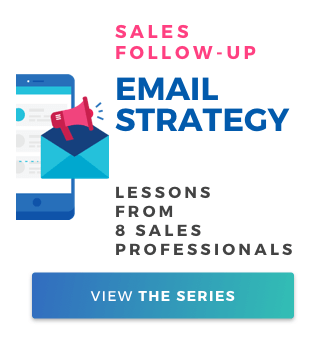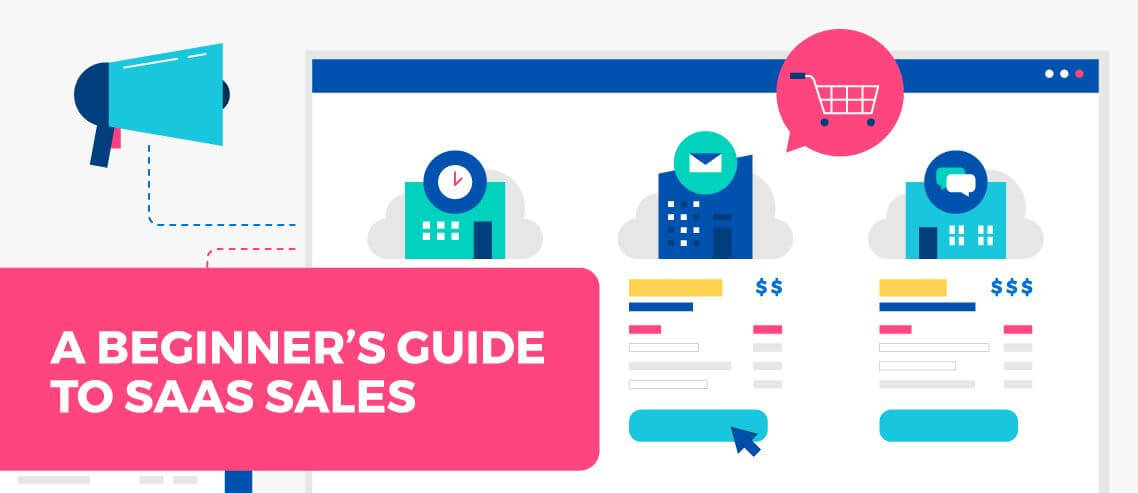How to Close More Deals in December (Outbound Sales Guide)

Contents
December gets a bad reputation in outbound sales. People say prospects disappear, budgets freeze, and inboxes go dark. But the truth? December isn’t dead—it’s just different. Buyers respond less often, but when they do respond, the intent is higher. Budgets expire. KPIs need last-minute progress. Leaders are planning next year’s stack and want decisions locked in.
Outbound teams who adapt to these December patterns don’t slow down—they accelerate. If you know how to shift your strategy, messaging, and timing, December can become one of the highest-leverage months of your entire sales year.
Here’s exactly how to close more deals in December and finish Q4 strong, using techniques tailored for outbound teams and built to work seamlessly inside Mailshake.
1. December Isn’t Slow—It’s Compressed
December creates a unique selling environment in a number of different ways:
- Workweeks shrink.
- Email patterns shift.
- Decision cycles tighten.
- Budgets expire.
- Leadership is personally active in planning next year.
That means:
You’re not fighting lack of interest but you’re fighting lack of time.
Prospects still need solutions, and many must finalize decisions before the year ends. Your job is to help them do that with as little friction as possible.
2. Understanding the December Buyer Mindset
To close in December, you need to speak to where the buyer actually is. There are two different types of buyers.
Type 1: “We Need This Live in January” Buyers
These prospects want tools ready to go for their Q1 projects but don’t have the bandwidth for a long evaluation.
What they respond to:
- 10–15 minute micro-calls
- Clear January start dates
- Fast, simple proposals
- “No implementation this month” assurances
Type 2: “Let’s Just Set This Up for After the Holidays” Buyers
These buyers aren’t saying no—they’re saying not now.
What they respond to:
- Very low-commitment next steps
- Calendar holds for January
- Quick video walkthroughs instead of live demos
Speaking to these motivations is what gets deals unstuck.
3. What Actually Changes in Outbound During December
Shorter Weeks → Shorter Pipelines
You don’t have 20+ selling days—you may have 12. This forces prioritization and sharper messaging.
Email Behavior Becomes Volatile
Prospects check email less often but reply faster when they do. It’s feast-or-famine.
Calendar Scarcity Becomes a Natural Urgency Lever
“Only two call slots left this week” is true, not a gimmick.
Mid-December Is a Sweet Spot
The first two weeks of December often outperform the final two weeks for new outbound, but the last two weeks are gold for closing.
4. December Outbound Strategy: A Step-by-Step Playbook
This is where most teams fail in December—they keep running standard outbound sequences and standard sales processes. But December requires precision.
Let’s walk through the whole plan with this 4 step process.
Step 1: Triaging Your Pipeline
You don’t have time to push everything.
Segment immediately:
Hot (Closeable in <10 Days)
- Decision-maker engaged
- Budget confirmed or likely
- No blocking legal/procurement steps
Action: Aggressive follow-up and micro-meetings.
Warm (January Lock-In)
- Interested but timing is tight
- Wants to start next year strong
Action: Push for December agreement with a January implementation.
Cold (Nurture)
- Unresponsive in November
- Unknown budget
Action: Light-touch messaging; don’t over-invest this month.
Step 2: Send December-Specific Outbound Messaging
Generic outbound doesn’t work in December. Your messaging must acknowledge the month and remove friction. Below are proven templates that you can use right inside Mailshake.
Template 1: “Quick alignment before teams go OOO”
Hi {{Name}},
I know December’s packed, so I’m not looking for a long deep dive.
Could we carve out a quick 10-minute alignment this week to make sure {{Company}} is set up for a strong January?
We can lock in the plan now and handle the heavier lift after the holidays.
Worth it?
Template 2: “Use-it-or-lose-it budget”
Hi {{Name}},
A lot of teams I’m speaking with are wrapping up remaining 2025 budget.
If you’re exploring ways to ramp outbound in Q1, I can walk you through what similar teams are setting up this month.
Should we compare options real quick?
Template 3: “Final call slots of the year”
Hi {{Name}},
I have two quick call windows left before the holiday slowdown:
• Wed @ 2:00pm
• Thu @ 11:30am
Do either work?
If not, I can send a 3-minute video instead.
Template 4: “Holiday slowdown = perfect testing window”
Hi {{Name}},
Many teams use December to quietly test new outbound sequences before the January surge.
If you want, I can help map a 2-sequence pilot you can launch this month with almost zero lift.
Interested in the outline?
Step 3: Add a December Sequence Inside Mailshake
A December-specific outbound sequence needs to be short, direct, and designed for high frequency since buyers have limited time and attention.
Every touch should deliver clear value and acknowledge the compressed, holiday-driven timeline. This ensures your outreach stays relevant, timely, and easy for prospects to act on.
Recommended December 5-Touch Sequence:
- Day 1: “Quick alignment before OOO” email
- Day 3: Short bump: “Still worth 10 mins before break?”
- Day 6: 40-second video (Loom)
- Day 9: “Last call slots of the year” email
- Day 12: “Want me to circle back in early Jan?” opt-out message
This structure respects December attention spans while still driving urgency.
Step 4: Adapt Your Sales Calls to December Constraints
Long demos kill December deals.
Your calls should be designed for speed and clarity.
Your December Call Guidelines:
- Lead with urgency framing:
“Before your team goes OOO…” - Offer micro-meetings:
10 minutes > 30 minutes - Position January onboarding as low effort:
“Sign now, implement later.” - Always lock the next step before hanging up.
No one will chase you on December 28.
5. How to Actually Close Deals in December
Here’s where the deals get over the line.
Tactic 1: The ‘December Close Plan’
Make decision-making effortless.
Keep it to 5 bullet points:
- Decision by X date
- Signature by X date
- Kickoff the first week of January
- December = zero implementation
- One clear deliverable for January
This eliminates friction so buyers can say yes quickly.
Tactic 2: The “January Start, December Agreement” Close
This is the December cheat code.
You say:
“Sign now so you’re locked in, but we won’t start anything until January.”
It removes bandwidth objections and holiday timing excuses It also helps buyers secure budget before it disappears.
Tactic 3: Replace Proposals With a Two-Page Decision Brief
Nobody is reading a 12-page proposal the week before Christmas.
Your brief should include:
- Problem summary (1 paragraph)
- The recommended solution
- Expected impact in January
- Clear pricing
- Timeline + signature link (or call CTA)
It’s designed for quick scanning on mobile—where December decisions often happen.
6. Advanced December Outbound Tactics
These are high-leverage techniques that separate top performers.
Tactic 1: Prioritize High-Intent Signals
In December, you should aggressively follow up with:
- Website visitors
- Pricing page revisits
- Email openers from old sequences
- Prospects who ghosted in November
- Trial users who went quiet
These leads are often making decisions in December even if they haven’t replied.
Tactic 2: The “Holiday Helper” Follow-Up
Instead of nagging, add value.
Examples you can send:
- A rewritten version of their outbound email
- A 2-minute Loom teardown of their sequence
- A short list of outbound improvements for January
- A sample workflow or template
This creates reciprocity and reactivates quiet pipeline.
Tactic 3: Executive-Level Outreach Performs Better
Execs are planning 2026 and often personally check emails in December.
Your message should be brief and strategic:
Template:
Hi {{Name}},
I’m reaching out because many revenue leaders I work with are finalizing their Q1 pipeline strategy now.
If outbound is a priority for January, I can share what high-performing teams are putting in place before the break.
Quick 7-minute chat this week?
7. Common December Mistakes (Avoid These at All Costs)
- Sending standard sequences
- Waiting until mid-December to push pipeline
- Trying to book long demos
- Pausing outbound entirely
- Assuming slow responses = lack of interest
- Asking for heavy implementation before January
- Not segmenting closeable vs. non-closeable deals
One mistake can cost you multiple deals during the most compressed month of the year.
In Conclusion
December isn’t a slow month. It’s a compressed, high-intent month where buyers are motivated to finish the year organized, on budget, and ready for Q1. Outbound teams who adapt their strategy aren’t fighting the calendar. They’re using it.
If you approach outbound the same way you do in September, you’ll struggle. But if you play the December game with December rules, you’ll close deals your competitors didn’t even try for and set yourself up for a massive Q1.





